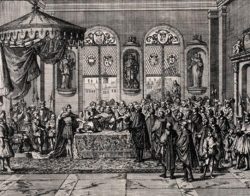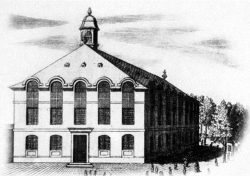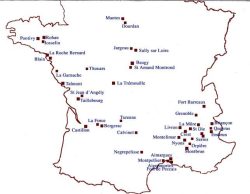The enforcement of the Edict
of Nantes until 1610
After the Edict of Nantes, France enjoyed a period of peace. Henry IV overviewed the implementation of the Edict which protected the Protestants but curbed their expansion.
The registration of the Edict of Nantes
The Edict of Nantes, signed in 1598 by Henri IV, put an end to 36 years of religious warfare. A period of true peace followed.
France, along with Navarre, was one of the few countries in Europe that officially admitted Protestantism and Catholicism.
Once the Edict was signed, Henry IV required it be promulgated. The Catholic authorities tried to prevent this. The parliaments could not bring themselves to admit the existence of two religions in the country and therefore refused to register the Edict. The parliament of Paris did not give up until a year later, in 1599, and those of Toulouse, Dijon, Rennes and Aix two years later and in Rouen eleven years later, in 1609.
The enforcement of the Edict of Nantes
Mixed commissions made up of one Catholic and one Protestant appointed by the king had the responsibility to supervise the implementation of the Edict.
From a religious standpoint, the Edict of Nantes legitimized the opening of a thousand places of worship which had already been set up in 1596 and 1597.
The places of worship were away from the cities but Henry IV allowed the Paris Protestants to have a gathering place in Charenton (in Val de Marne) although the Edict sent them about 14 miles away from the capital.
As it only recognized the existing communities, the Edict banned any kind of expansion of Protestantism. The Reformed congregation was estimated to be 1.2 million, including Béarn, which was one of the king’s properties.
The "privileges"
The Protestants made up a religious minority but also a party that enjoyed privileges (strongholds, political assemblies). Henry IV supported the Protestant party on account of the rivalry between France and Spain which supported the French Catholics.
The Edict had granted the Protestants strongholds, also called places of safety, for eight years only. In 1608, Henry IV granted the renewal of these privileges. For Henry IV, they ensured a protection against possible invasion of the southwest by the Spanish.
As early as 1601, the Protestants got the right to hold political assemblies again. They were assemblies with a large proportion of nobles which were in charge of the election of two church delegates who had the duty to present the king with requests and grievances. This had become necessary due to the hostility of the local clergy and the parliaments.
In 1610, Henry IV was assassinated by Ravaillac and the Protestants lost their protector.
Bibliography
- Books
- CARBONNIER-BURKARD Marianne et CABANEL Patrick, Une histoire des protestants en France, Desclée de Brouwer, Paris, 1998
- CHEVALIER Françoise, Prêcher sous l’Édit de Nantes, Labor et Fides, 1998
Associated tours
-
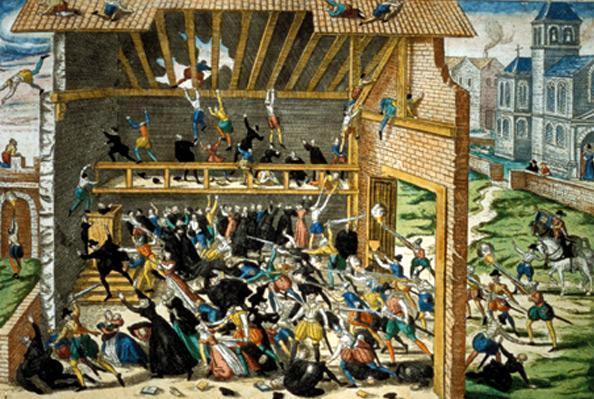
Wars of religion on the death of Henri IV (1562-1610)
In the 16th century in France, a war between the Protestant minority and the Catholic majority could not be avoided. In 36 years, between 1562 and 1598 there were 8...
Associated notes
-
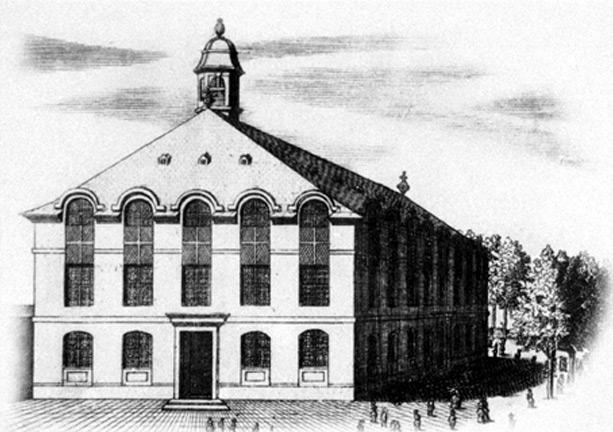
Charenton (Val-de-Marne)
This was one of the major works of Salomon de Brosse, the architect who designed the Palais du Luxembourg (Senate) for Marie de Médicis (1623). -
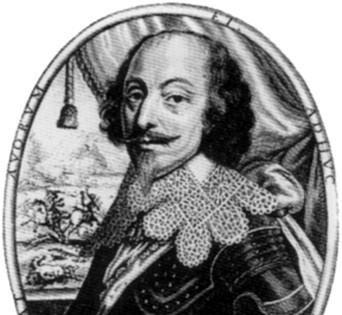
The last religious wars (1621-1629)
Under Louis XIII, in the wake of the Béarn case, the Protestants rebelled against the king. After their defeat, they lost their political assemblies and their strongholds and as a... -

A seeming lull (1630-1660)
After the Alès peace treaty, Richelieu tried to get the Protestants back into the Catholic Church. Under the rule of Mazarin, because of the necessities of France’s foreign policy and... -
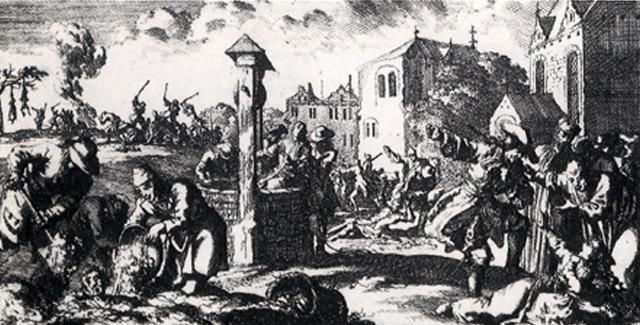
The Edict of rigour (1661-1685)
While the Catholic clergy launched missions for the conversion of Protestants, Louis XIV set up a policy that restricted the scope of the Edict of Nantes and then launched a... -
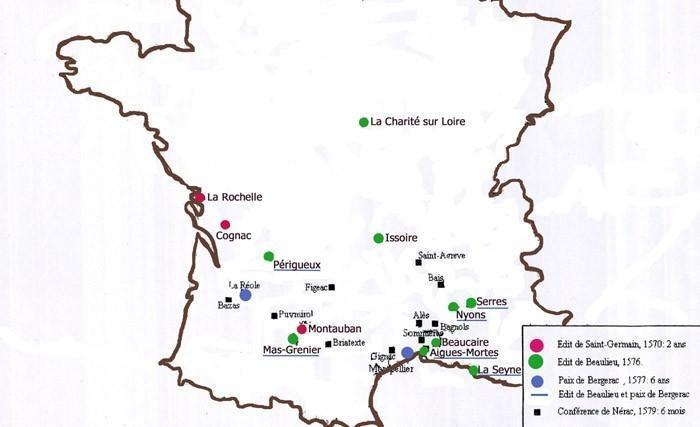
Protestant "places of safety"
The “places of safety”, strongholds in the hands of governors and granted to the Reformed, met religious and military requirements. -

The Reformed Church and the king (1630-1660)
Why was the Protestant reaction to the oppressive methods used by Louis XIV so timid ? The explanation can be mostly found in their idolatrous submission to the king. -
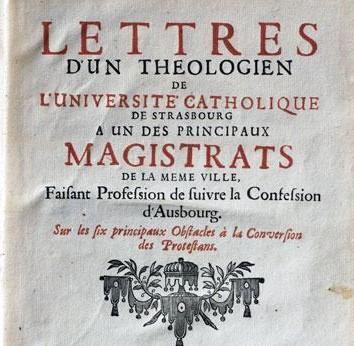
The Catholic re-conquest (1600-1660)
Due to the Trente Council, the Catholic Church gathered strength and launched a campaign of peaceful re-conquest meant to prevail over the Protestant “heresy”. It resorted to three different means :...

